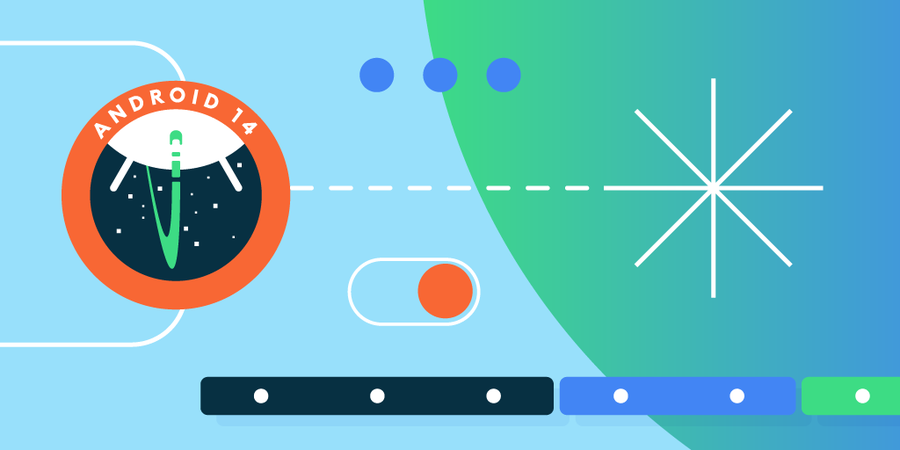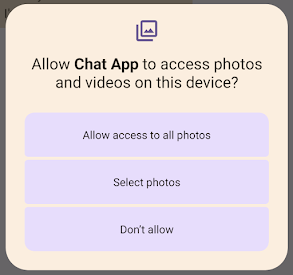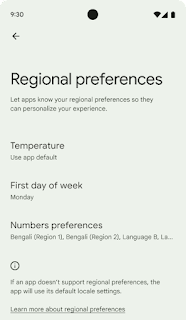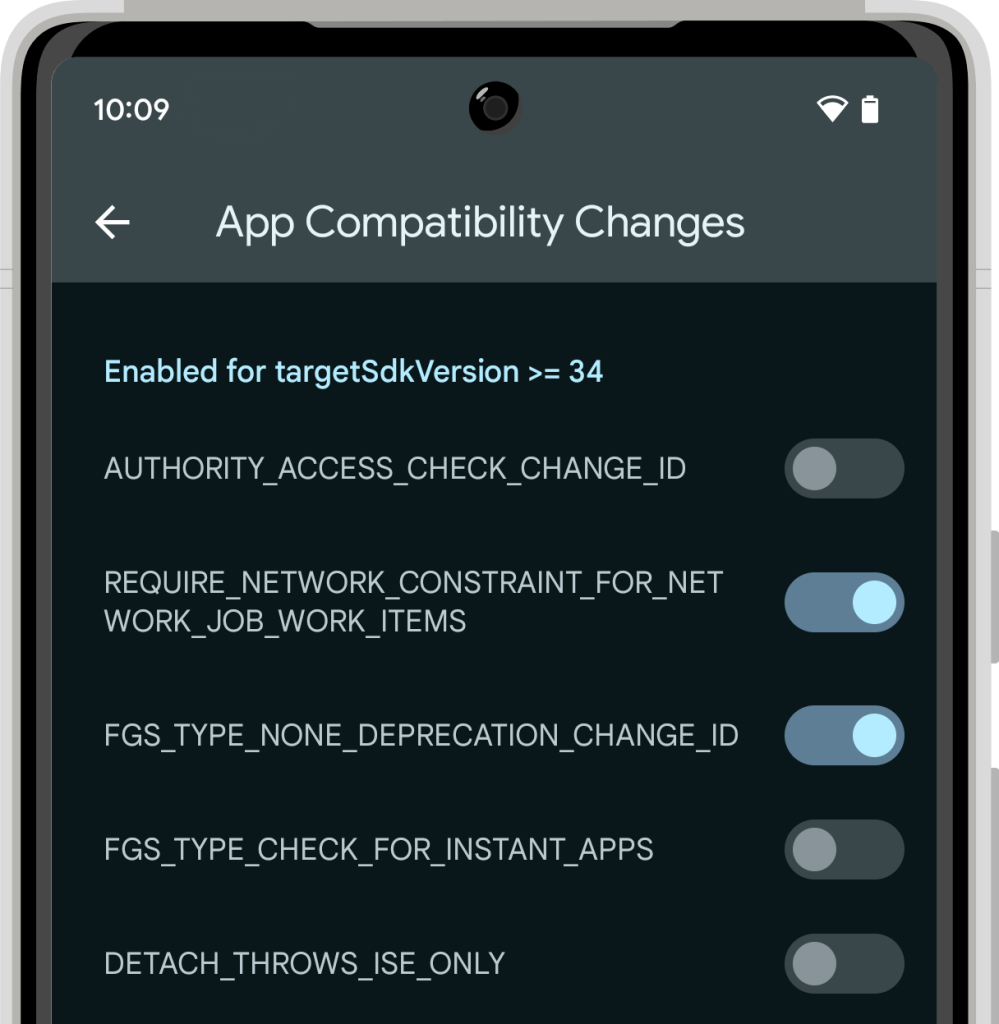
Google has released the second Developer Preview of Android 14, enhancing privacy, security, performance, developer productivity, and user customization.
It further refines the large-screen device experience on tablets, foldables, and more. Last month, Android 14’s first developer preview was released, bringing downloads for Pixel and a timeline for its release.
The second developer preview for #Android14 is here! 🌟
This update includes additional enhancements to privacy, security, performance, developer productivity, and user customization.
See what’s new, read about the changes, and download ↓ https://t.co/xvBojMZSMH
— Android Developers (@AndroidDev) March 8, 2023
Supports tablets and foldable form factors
Android 14 brings a new level of convenience with support for tablets and foldable form factors. Google has provided get started with building for large screens and foldables to help developers jumpstart their apps.
Moreover, the app quality guidance for large screens contains detailed checklists to review your app. Plus, libraries supporting low latency stylus and motion prediction have been released.
Improved Privacy and security
Android 14 is committed to providing users with the highest quality platform for all, ensuring privacy and security are always at the core. With app sandboxing, open source code, and open app development, users have more control to protect their information.
Selected photos access with Photo Picker
Google recommends using the Photo Picker for permissionless access to media on Android 4.4 and later. For apps that use the visual media permissions (SDK 33+), Android 14 users can select which photos and videos to give access to. The permission choices are:

- Allow access to all photos: the full library of all on-device photos & videos is available
- Select photos: only the user’s selection of photos & videos will be temporarily available via MediaStore
- Don’t allow: access to all photos and videos is denied
Credential manager
Android 14 introduces Credential Manager, a platform API supported by Google all the way back to Android 4.4 (API level 19) devices. The API makes sign-in simpler and more secure, with the ability to retrieve and store credentials with user-configured credential providers.
It even supports the industry standard for passwordless sign-in: passkeys, which work across different operating systems and browsers.
Safer implicit intents
Android 14 apps need to take extra precaution when creating pending intents with implicit intents. To prevent unexpected code paths, the intents must be made immutable or explicit; otherwise, an exception will be thrown.
Background activity launching
Android 10 and higher have restrictions in place to reduce background activity launching. With Android 14, foreground apps have more control over what activities other apps can start. To ensure an interruption-free experience, apps targeting Android 14 need to grant privileges when sending a PendingIntent or binding a Service.
Streamlining background work
Android 14 brings a range of improvements to make your experience smoother than ever. System health, battery life, and user experience get a boost thanks to streamlined background work.
Background optimizations
Developer Preview 2 has improved Android’s memory management system for better resource usage. Background work is now disallowed much faster than on Android 13, seconds after an app goes into the cached state, outside of conventional Android app lifecycle APIs like foreground services, JobScheduler and WorkManager.
Fewer non-dismissible notifications
Android 14 provides more control over notifications. With FLAG_ONGOING_EVENT, users can dismiss notifications on unlocked devices. However, when the device is locked, these notifications stay non-dismissible. Important notifications, such as system and device policy notifications, remain fully non-dismissible.
Improved App Store Experiences
Android 14 introduces several new PackageInstaller APIs that allow app stores to enhance their user experience:
- requestUserPreapproval() enables deferred download of APKs until after installation approval.
- setRequestUpdateOwnership() allows installers to indicate responsibility for app updates.
- setDontKillApp() facilitates seamless installation of optional features using split APKs.
- InstallConstraints API provides installers with a way to ensure app updates occur at an opportune moment.
Personalization – Regional Preferences
Personalization allows users to tailor their experience to their regional preferences. With Android, users can adjust temperature units, the first day of the week, and numbering systems to fit their needs.

This provides a discoverable and centralized location to change app preferences, and allows them to be backed up and restored. APIs, intents and a broadcast receiver for ACTION_LOCALE_CHANGED allow developers to build apps that adjust to the user’s preferences.
App compatibility
Google is working hard to ensure app compatibility in Android 14. For developers, now is the time to test the new features and provide feedback. Also, it’s a great opportunity to conduct compatibility tests and identify any necessary app changes.

You can do this without altering the targetSdkVersion by using the behavior change toggles in Developer Options. Platform Stability will be reached in June 2023, giving you several weeks to do your final testing before the official release.
Get started with Android 14 – Developer Preview 2
Pixel devices including the Pixel 7 Pro, Pixel 7, Pixel 6a, Pixel 6 Pro, Pixel 6, Pixel 5a 5G, Pixel 5, and Pixel 4a (5G) can install the Android 14 developer preview by flashing a system image – from here. If you do not own a Pixel device, you can use the 64-bit system image with the Android Emulator in Android Studio.
Android 14 Beta program
Google has announced that it will open up enrollment for the Android 14 Beta program once it reaches Beta releases. For now, the Android Beta program is not available for Android 14.
Speaking on the announcement, Dave Burke, VP of Engineering, said,
Today, we’re releasing the second Developer Preview of Android 14, building on the work of the first developer preview of Android 14 from last month with additional enhancements to privacy, security, performance, developer productivity, and user customization while continuing to refine the large-screen device experience on tablets, foldables, and more.
